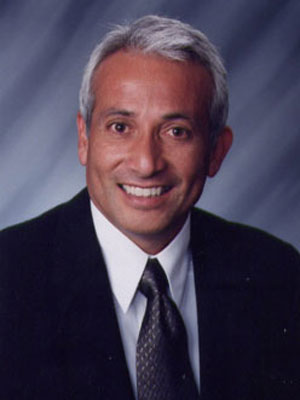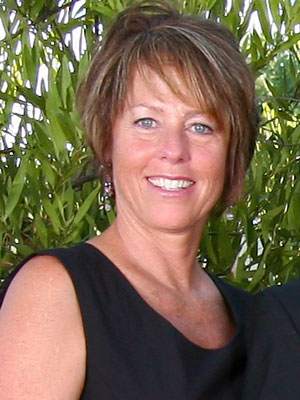How to Bluff in Poker
Poker is a card game of chance, strategy and psychology. While the outcome of any particular hand depends on luck, a skilled player can make a profit in the long run by making bets that have positive expected value on average. This is done by utilizing basic probability, game theory, and psychology. Players may also bluff in order to distract opponents and increase the chances of winning a pot. However, a successful bluff must be made correctly and should only be attempted if the player feels they can do so successfully.
At the start of a hand, each player receives two cards face down—their hole cards—and one card facing up—the flop. The dealer then deals another four cards onto the table—the turn—and then another card facing up—the river—giving everyone a chance to bet again. After the final betting round, the cards are revealed and the player with the highest hand wins.
During a poker game, it is important to keep an eye on your opponent’s body language for tells. Some classic tells include shallow breathing, sighing, flaring nostrils, sweating, or a hand covering the mouth during a poker hand. Also, a player who glances at their chips often has a strong hand, while a hand over the eyes shows nervousness or weakness.
Position in poker is crucial as it allows a player to see more of their opponents’ betting patterns, which can be used for bluffing purposes. If a player is in the late position, they will have more information than their opponents and be able to make more accurate EV estimations.
The post How to Bluff in Poker appeared first on villagesanclemente.org.
Source: This article was originally published on Village San Clemente
About the Agent
Jim Flores is an accomplished real estate professional providing services as both agent and broker for over 13 years. His extensive knowledge of the Southern California real estate & mortgage market has allowed him to provide an outstanding level of client satisfaction to his clientele. As co-founder founder of Sea Sell Realty Jim is committed to personalized service. His goal is to exceed client needs by applying his expertise to all aspects of the real estate industry including sales, property management, consulting, training and real estate technology. For example, Jim’s use of technology benefits his clients by utilizing tools that make transactions client friendly: electronic signing, social media ads, paper less transactions and iPad essentials.



